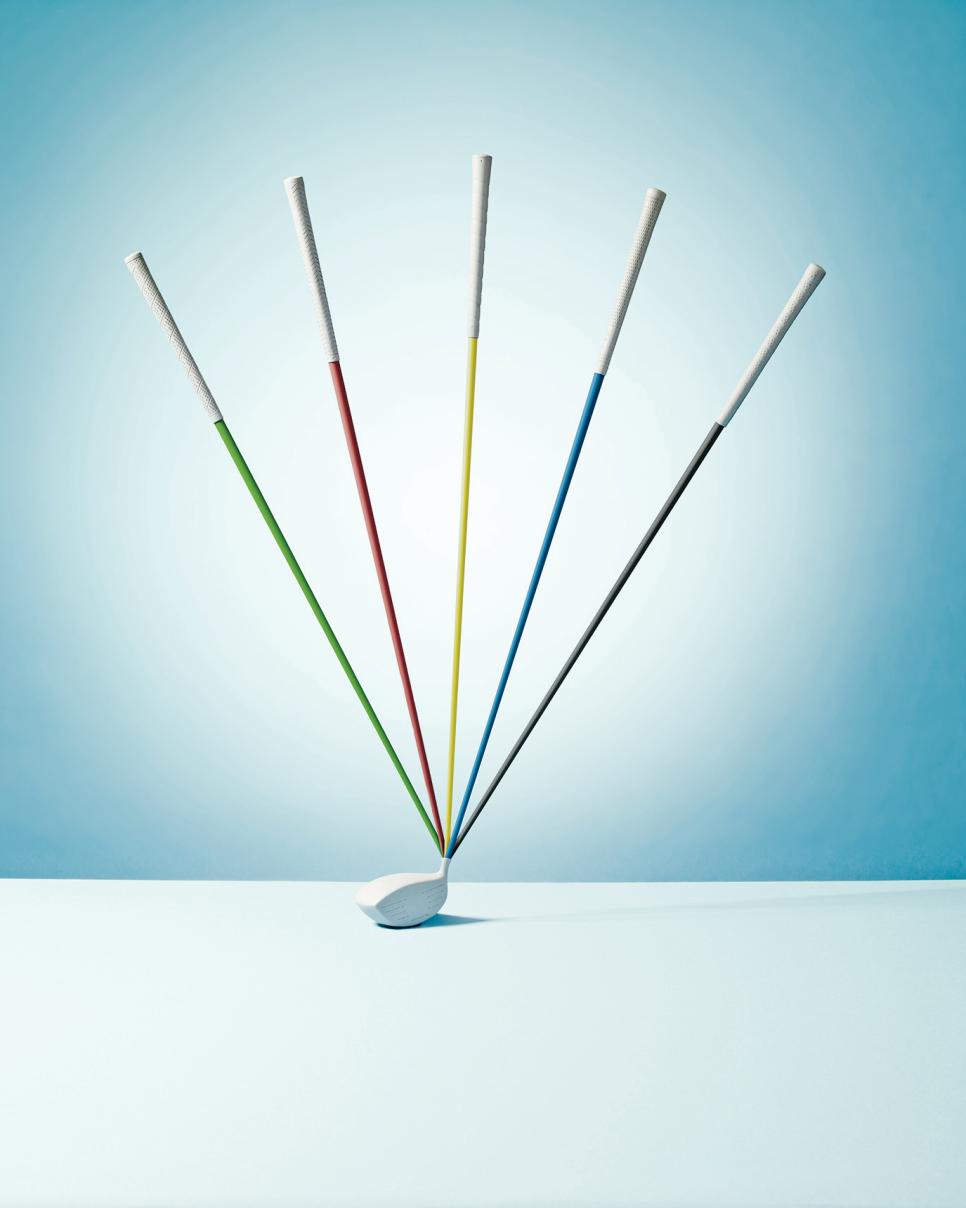Equipment
Golf equipment truths: Is your golf shaft robbing you of yards?

Data is everywhere in golf. In fact, golf was an early adapter. If you watch baseball and have been hearing references to “exit velocity” and “launch angle” when a player hits a home run, know that golf has been using terms like that for more than a decade and has moved on to more cutting-edge information.
At the forefront of this research is Liam Mucklow, one of Golf Digest’s Best Young Teachers and founder of The Golf Lab in King City, Canada. His latest discovery might be worthy fodder for TV’s “MythBusters.”
A lighter driver shaft rarely leads to a faster swing.
“Only 12 percent of golfers swing their fastest with the lightest club,” Mucklow says.
Worse, a clubhead that’s too light often results in poor swing mechanics like deceleration in the downswing, sequencing issues and a swing path that hits the ball with a glancing blow.
“Efficient golfers hit with their body and get their body weight into it,” Mucklow says. “Going to a heavier club makes that easier for most. If you can imagine swinging a sledgehammer or an axe, those things are so heavy, it’s almost impossible to swing them incorrectly. You have to use your body.”
To find your proper shaft weight, Mucklow suggests testing four to see which produces the best speed—45, 55, 65 and 75 grams. But this advice comes with a disclaimer: It takes more than the right shaft to optimize your driver. So to turn you into a driving machine, Mucklow offers a handful of tips and other useful information he gleaned from studying golfers like you during the past several years.
IMPROVE SPEED AND PATH

Too light of a shaft encourages an early unhinging of the wrists in the downswing, a swing flaw shown here with an iron known as casting that robs you of speed. Mucklow’s data also shows that a heavier shaft improves your swing path. For every 10 grams of weight, the club’s path—which should come from inside the target line on the downswing—improves by a full degree. Great news for slicers.
MAKE SURE YOU HIT UP ON THE BALL

The longest golfers strike the ball as the driver is ascending—around 3 to 5 degrees. Most amateurs hit the ball while the driver is descending, which creates too much backspin and a lower ball flight. Once you have the right golf shaft, create a better launch by teeing the ball a little higher, addressing it in line with your front foot’s big toe and tilting your upper body away from the target, Mucklow says. Try to hit a home run instead of a line drive.
ADJUST UNTIL YOU FIND THE CENTER OF THE FACE

High-handcappers might have a swing path that repeats—whether they like it or not—but there’s no consistency to where they strike the ball on the face of the club, Mucklow says. For centerface contact, start with a shorter and slower swing using an iron to get better control of the face. Then grab your driver and practice with the goal of having every strike point be within a half-inch of center.
GET FIT TO GET FAST

Using the right shaft can boost driver swing speed by 1 to 1.5 miles per hour—that equates to two to four more yards on a well-struck tee shot. Because most amateur tee shots are less than optimal, an increase in speed will result in much greater distance gains than achieved in robotic testing. “Less than 5 percent of golfers are optimized,” Mucklow says. “The other 95 percent can get way faster.”
(This article appears in the November 2019 issue of Golf Digest)